Index

Review: Intel increases FSB to 400MHz
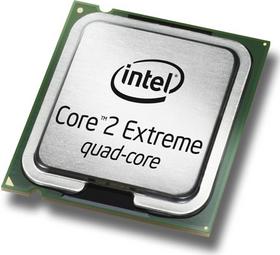
At the end of October we reviewed the QX9650. We were very happy with this CPU, because Intel did a marvelous job, especially concerning energy consumption.
Today, we take a look at the first Intel CPU which comes with FSB 400MHz (1600MHz effectively). The downside of this high FSB is the need for a board with X38 or "better" chipset. Even though X38 does not officially support FSB 400, most motherboards do, anyway. We would have liked to test this CPU with the "old" platform with P35 chipset, but even if the motherboard is capable of booting with any other CPU beyond 400MHz FSB, it won't do so with the QX9770.
So, we need to change the platform to the ASUS Maximus Extreme. The downside is the X38 is slower than the P35, so we tweaked the board as much as possible to get results as close to the QX9650.
Testbed:
Motherboard:
ASUS Maximus Exterme (provided by ASUS)
Intel X38/iCH9R
BIOS: 1001
CPU:
Intel Core 2 Duo E6700 (provided by Intel)
Intel Core 2 Quad QX6850 (provided by Intel)
Intel Core 2 Quad QX9650 (provided by Intel)
Intel Core 2 Quad QX9770 (provided by Intel)
CPU-Cooler:
Scythe Andy Samurai Master (provided by Scythe-Europe)
Memory:
Patriot 2GB Kit PC3-10666U PDC32G1333LLK (provided by Patriot)
CL7-7-7-20-CR2T up to 1.70V
Graphics Card:
AMD ATI Radeon X1950XTX (provided by AMD)
Power supply:
Silverstone Element SF50EF-Plus (provided by Silverstone)
Hard disk:
Western Digital WD4000KD (provided by Ditech)
Case fans:
SilenX iXtrema Pro 14dB(A) (provided by PC-Cooling.at)
Scythe DFS122512LS
Overclocking FSB:
While our QX9650 sample was able to reach 465MHz, this sample reached only 455MHz. We could do a screenshot, but it was not stable to run our benchsuite without resetting the board.
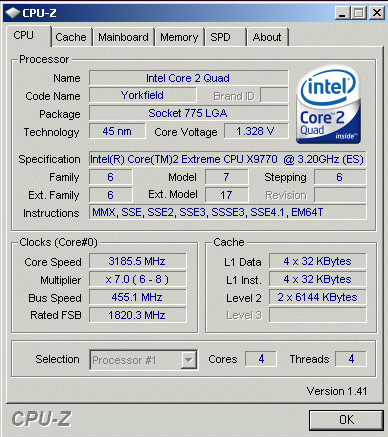
Overclocking Frequency:
While we were not that satisfied with the FSB overclocking, we achieved a stable 4.20GHz. Any attempt to go to 4.30GHz failed, except for the BIOS screen, booting Windows XP was out of the question with our selected VCore of 1.4000V. You can go higher, but you need a better cooling solution than we currently use. As you can see, we did not go for 420MHz FSB, because this was unstable, while 350MHz worked flawlessly. Overclocking to 3.60GHz was possible without increasing VCore.
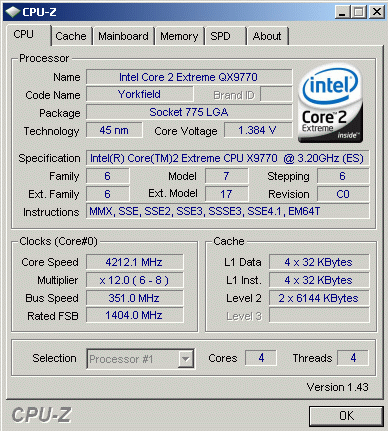
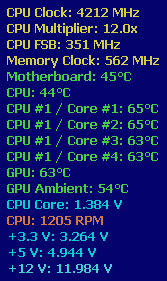
Do not expect miracles from a 200MHz higher clock frequency compared to the QX9650. All results are in the expected range, so nothing special to report here. We skipped the 3DMark2006 because it does not yield any interesting numbers for us. As usual, we did recalculate all benchmark results to the nominal frequencies, while most vendors do slightly overclock their boards.
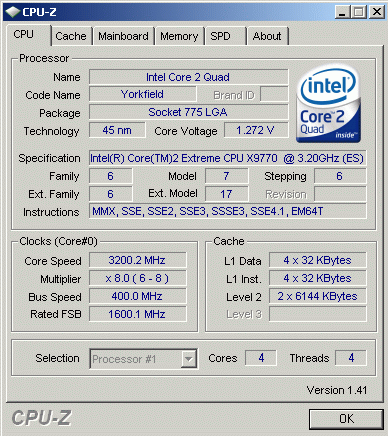
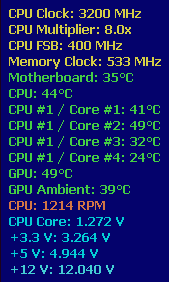
Cinebench R10:

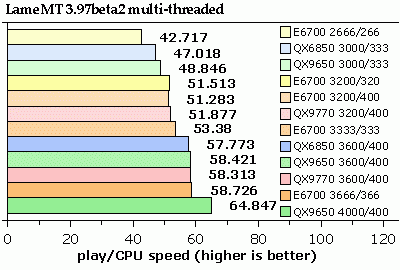
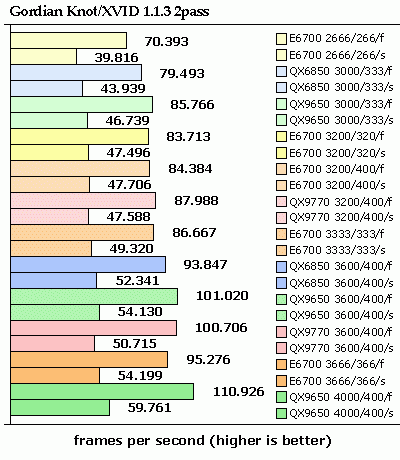
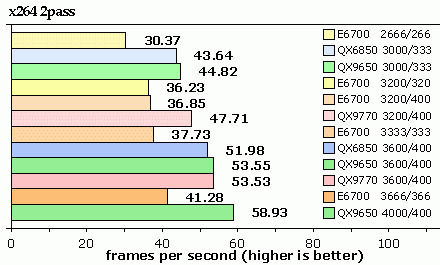
As stated in our QX9650 article, the new power saving features are worth investing in this CPU family. The newer ASUS board is more energy efficient, as we have stated in our review. So, buying a Penryn-based CPU will save you some costs on your power bill. We noticed about 31W more usage with the new board with 3.20GHz compared to the 3.00GHz QX9650. We have re-run all the tests on both boards with both CPUs and can only confirm the results. We have no clue why there is such a difference, while the 3600MHz results are quite close.
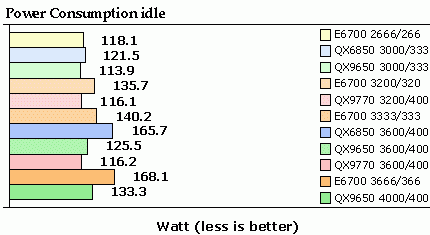
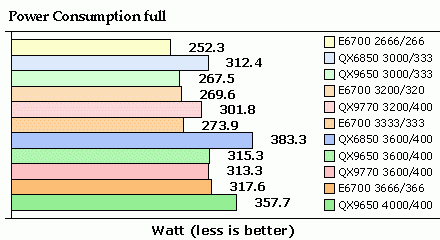
Conclusion:
While we recommended the QX9650, we could not do so with the QX9770. Of course, it is a good CPU, but for 200MHz more, Intel wants to get $500/€360 more out of your pocket, and this is just too much. Meanwhile, some vendors are going for workstation and server boards with overclocking abilities, so quite frankly, there is no more need to buy the most expensive CPU available, because you can now overclock even Xeon CPUs.
We hope to receive the smallest Penryn quad-core CPU soon, because we think the Penryn family has very strong overclocking capabilities; and combined with the new power management it is the best CPU on the market. While the QX9770 is listed for about €1200,- on geizhals.at, you may buy the smallest of the quad-core CPUs for less than €300,- which is 1/4 the price, with 4/5 of the clock frequency, but with half of the 3rd level cache.
